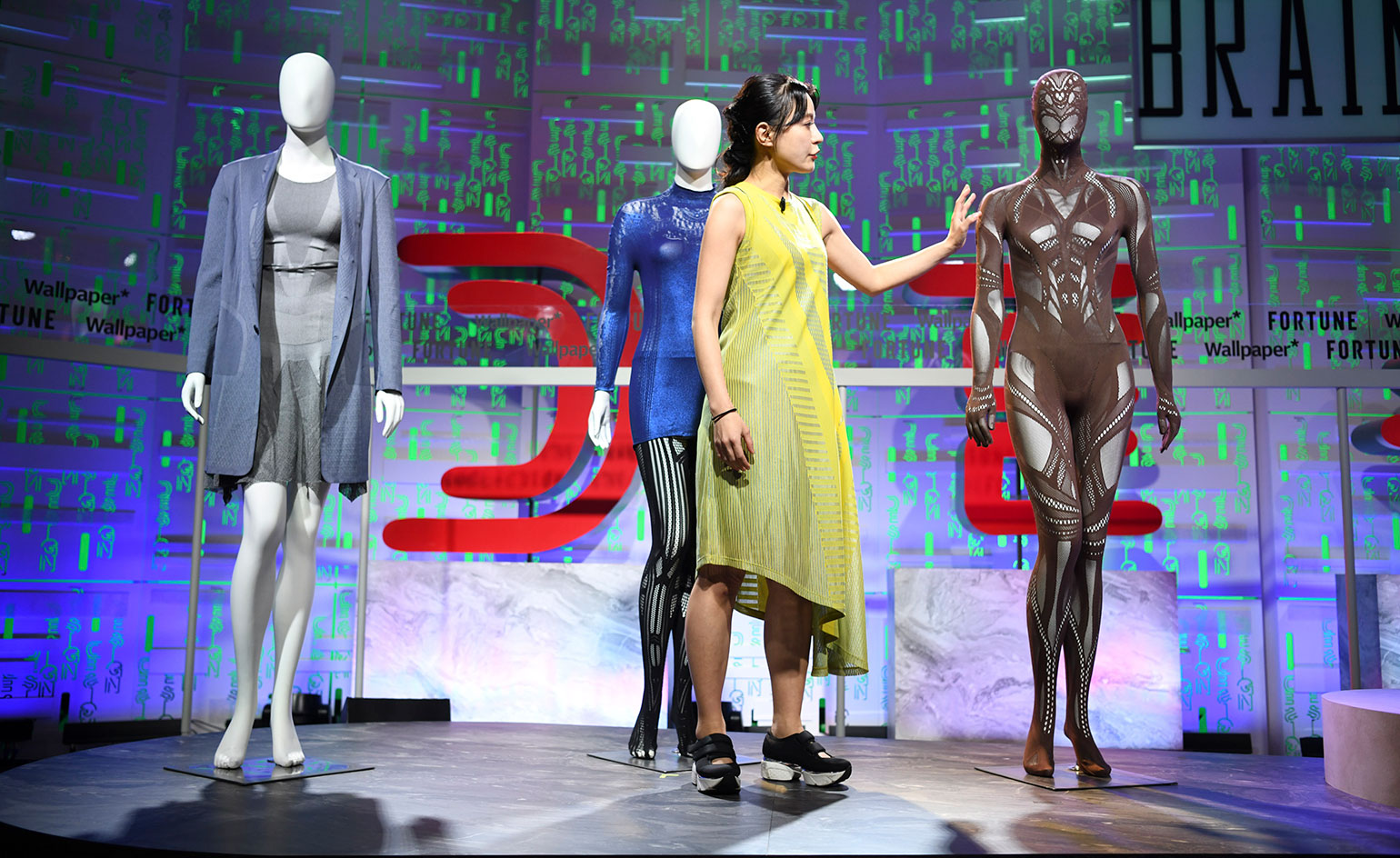
‘We tend to ignore bad design at events like this, and focus on successes,’ says Alice Rawsthorn, as she takes the stage at our annual Brainstorm Design conference for the second year in a row.
The design critic and author of Design as an Attitude has returned ‘to talk about the flops and failures, which are unfortunately abundant in our lives.’ Bad design, she points out, ‘has just as much, if not more importance than the good variety, and it is expensive in terms of time, emotion, effort and energy to remedy.’ In Rawsthorn’s analysis, there are seven kinds of bad design, which should serve as cautionary warnings. She begins with an image of a broken down ‘Boris bus’ being trawled off a London street, her example of a useless design. Launched with great aplomb in 2012, the bus was intended as a fuel-efficient reinvention of the postwar era Routemaster, but has since been beset with problems. ‘It looks rather good, thanks to Heatherwick Studio who designed the interior and bodywork,’ she remarks, ‘but the engineering was lousy. It broke down frequently; the batteries would fail so it had to run on diesel. And it was prone to overheating, so much so that passengers have nicknamed it the “Roastmaster”.’

Alice Rawsthorn addresses the Brainstorm Design conference 2019.
Moving on to the category of pointless design, Rawsthorn brings up the new Nokia 9 smartphone, which boasts five cameras – an unnecessary number, even if the phone can fulfil its function efficiently. Irresponsible design, meanwhile is the result of designers not thinking rigorously enough about consequences. ‘There are places like Agbogbloshie dump, outside Accra, Ghana, where thousands of computers, phones and tablets fail to decompose, and poison the ground for decades to come.’ Black rubber-coated cables are a particularly damaging design choice – ‘black is invisible to the optical sensors that control recycling plants, so it gets automatically sent to landfill. Designers need to take more time and trouble to ensure products can be disposed of and recycled responsibly.’
Bad design is expensive in terms of time, emotion, effort and energy to remedy
Alice Rawsthorn
Rawsthorn proceeds to call out a series of large corporations for their design blunders – Adidas, whose Jabulani football possibly skewed the results of the 2010 World Cup because its behaviour fluctuated with altitude (unreliable design); IBM, who used the condescending slogan ‘hack a hair dryer’ for their social media campaign to address the dearth of women in technology; and Mattel, who launched a Frida Kahlo barbie doll for International Women’s Day that failed to capture the disabilities the artist overcame, the unibrow that she wore in defiance of mainstream beauty standards, and the Tehuana dresses she proudly donned (both examples of good intentions gone wrong. She also expressed ire at two recent fashion abominations – a jumper that seemed to reinforce the stereotype of blackface, and a hoodie featuring a noose around the neck and calling to mind racist lynchings. ‘These go in the “What were they thinking?” category,’ she quips.

Alice Rawsthorn discusses the Frida Kahlo barbie doll at Brainstorm Design 2019.
The final, most important category she calls dangerous design. Crash test dummies, for instance which are modelled on a typical male body, and are primarily responsible for women being 40 per cent likelier to be injured in road accidents. ‘But of course, the kind of danger that bad design creates is changing all the time, and now escalating,’ continues Rawsthorn. ‘One of the principal catalysts is AI technology, whose design flaws can be catastrophic. The Algorithmic Justice League has sounded alarm about surveillance software that is more accurate at identifying white males. Not women or people of colour, who as a result are more likely to be deemed potential criminals or terrorists, or have our immigration status brought into question. It can cause massive pain, damage and disruption.’
‘And so I believe it’s absolutely urgent that we get to grips with bad design,’ she concludes. ‘And the more thoroughly and the sooner the better.
Receive our daily digest of inspiration, escapism and design stories from around the world direct to your inbox.
TF Chan is a former editor of Wallpaper* (2020-23), where he was responsible for the monthly print magazine, planning, commissioning, editing and writing long-lead content across all pillars. He also played a leading role in multi-channel editorial franchises, such as Wallpaper’s annual Design Awards, Guest Editor takeovers and Next Generation series. He aims to create world-class, visually-driven content while championing diversity, international representation and social impact. TF joined Wallpaper* as an intern in January 2013, and served as its commissioning editor from 2017-20, winning a 30 under 30 New Talent Award from the Professional Publishers’ Association. Born and raised in Hong Kong, he holds an undergraduate degree in history from Princeton University.
-
 Roland and Karimoku expand their range of handcrafted Kiyola digital pianos
Roland and Karimoku expand their range of handcrafted Kiyola digital pianosThe new Roland KF-20 and KF-25 are the latest exquisitely crafted digital pianos from Roland, fusing traditional furniture-making methods with high-tech sound
-
 Fulham FC’s new Riverside Stand by Populous reshapes the match-day experience and beyond
Fulham FC’s new Riverside Stand by Populous reshapes the match-day experience and beyondPopulous has transformed Fulham FC’s image with a glamorous new stand, part of its mission to create the next generation of entertainment architecture, from London to Rome and Riyadh
-
 A contemporary Mexican hotel emerges from a 16th-century ruin in Mérida
A contemporary Mexican hotel emerges from a 16th-century ruin in MéridaA renovation project by Zeller & Moye, Mérida’s new Hotel Sevilla wears its architectural interventions lightly, mixing new brutalist elements into listed interiors and a palm-filled courtyard
